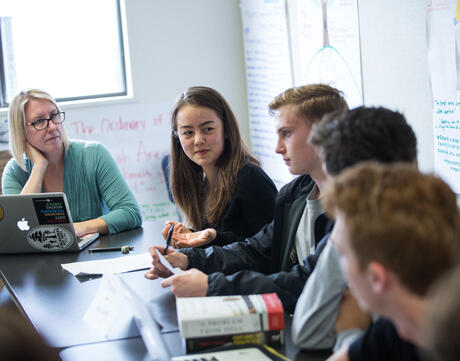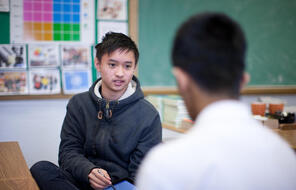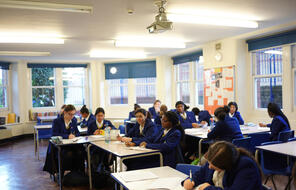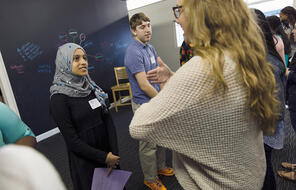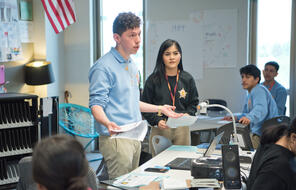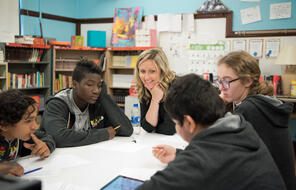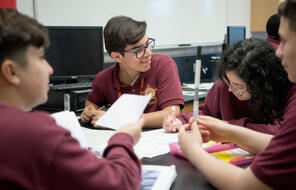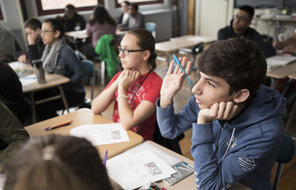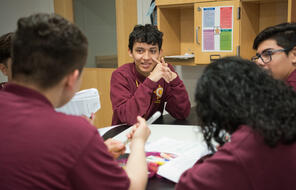Overview
What Is the Wraparound Strategy?
To implement the Wraparound strategy, you pose a question or prompt to the class and then have each student share aloud their quick response. This strategy provides an efficient way for all students in a classroom to share their ideas about a question, topic, or text, revealing common themes and ideas in students’ thinking. Wraparound activities can also be provocative discussion starters.
Lesson Plans
How to Use the Wraparound Strategy
Variations

Inspiration, insights, & ways to get involved
Subscribe to our email updates

